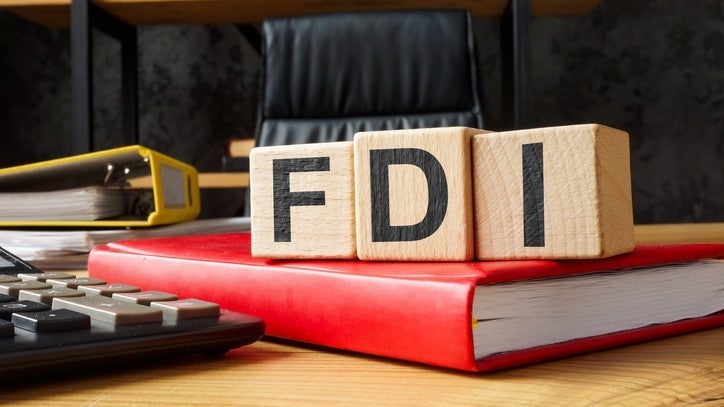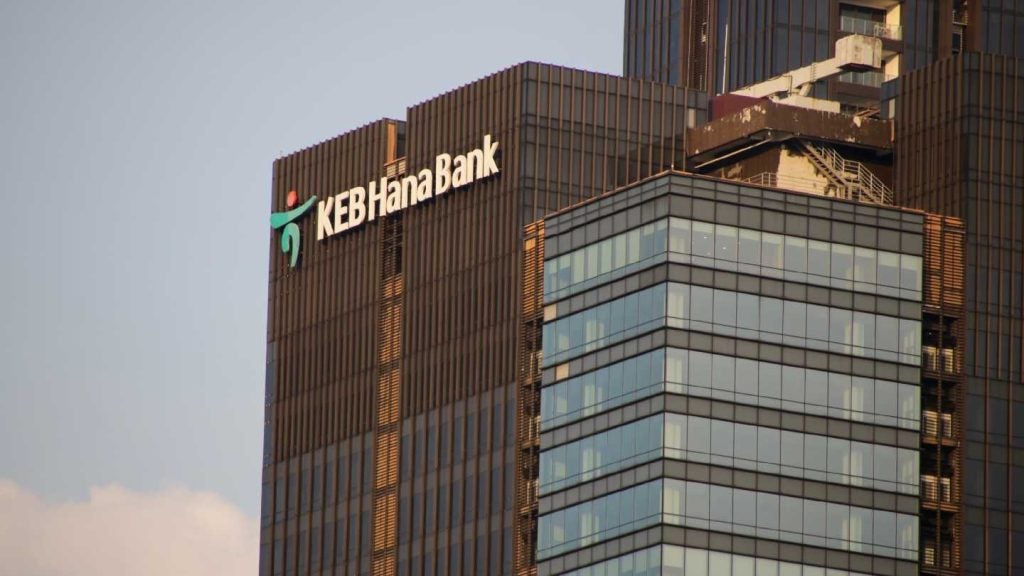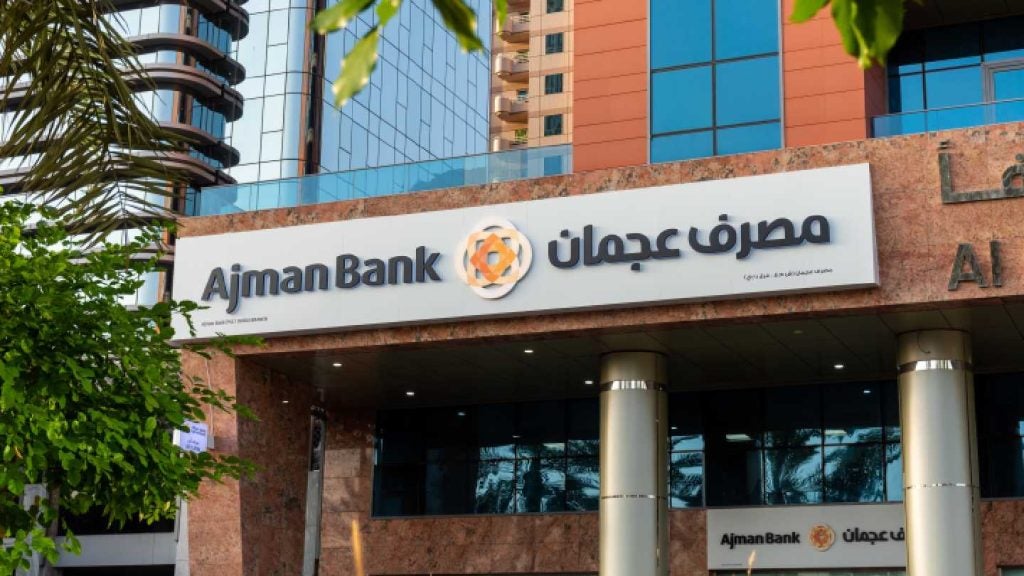Canada-based OneFeather has introduced a new digital banking application for Indigenous people.
The company introduced the OneFeather App in collaboration with digital transaction company BlocPal International.

Access deeper industry intelligence
Experience unmatched clarity with a single platform that combines unique data, AI, and human expertise.
The launch of the banking app is aimed to support financial inclusion among the Indigenous communities. According to OneFeather, around 15% of the two million Indigenous Peoples living in Canada are unbanked.
OneFeather founder and CEO Lawrence Lewis said: “The launch of the new OneFeather APP couldn’t come at a better time.
“The Indigenous communities have been at a considerable disadvantage with banking accessibility and its associated costs. Having the ability to use this digital wallet for multiple uses will provide a place for First Nations to launch and run businesses, have control over their finances, and be a part of digital banking options.
“BlocPal’s strong technology perfectly complements our value proposition resulting in an innovative digital wallet for members of the community.”

US Tariffs are shifting - will you react or anticipate?
Don’t let policy changes catch you off guard. Stay proactive with real-time data and expert analysis.
By GlobalDataThe launch will provide the customers with access to banking solutions, digital voting, and First Nations Status Card renewals through a digital wallet.
The wallet integrates banking solutions such as pre-paid credit/debit cards, deposits, and withdrawals among others. The customers can also earn incentives through the digital rewards currency programme called the OneFeather token.
The collaboration with BlocPal enabled OneFeather to add new features to the app including micro-loans, bill payments, government distributions and GST rebates among others.
BlocPal CEO Nick Mellios said: “Our goal at BlocPal is to continue to increase financial inclusivity in the communities who need it most.
“Having the ability not only to be an investor but a strategic partner with OneFeather has helped attain this goal of affordable banking solutions and has helped increase accessibility for Canadian Indigenous communities.”







